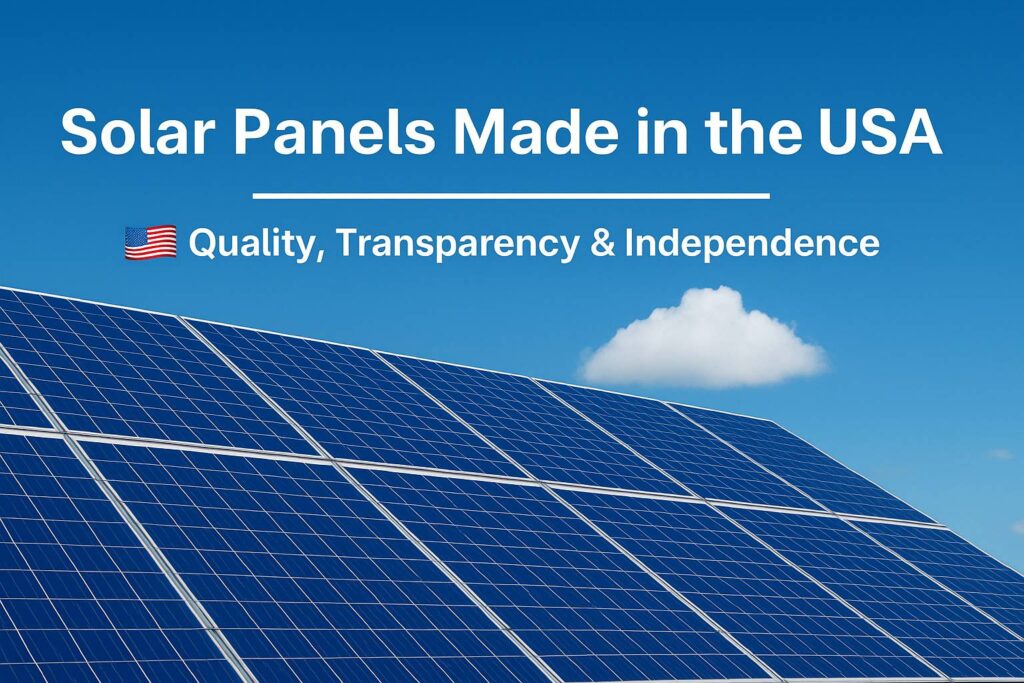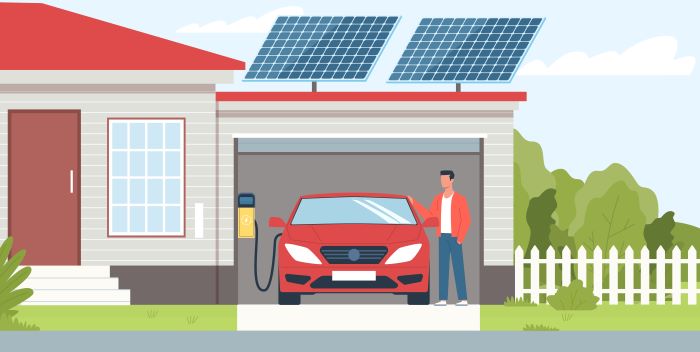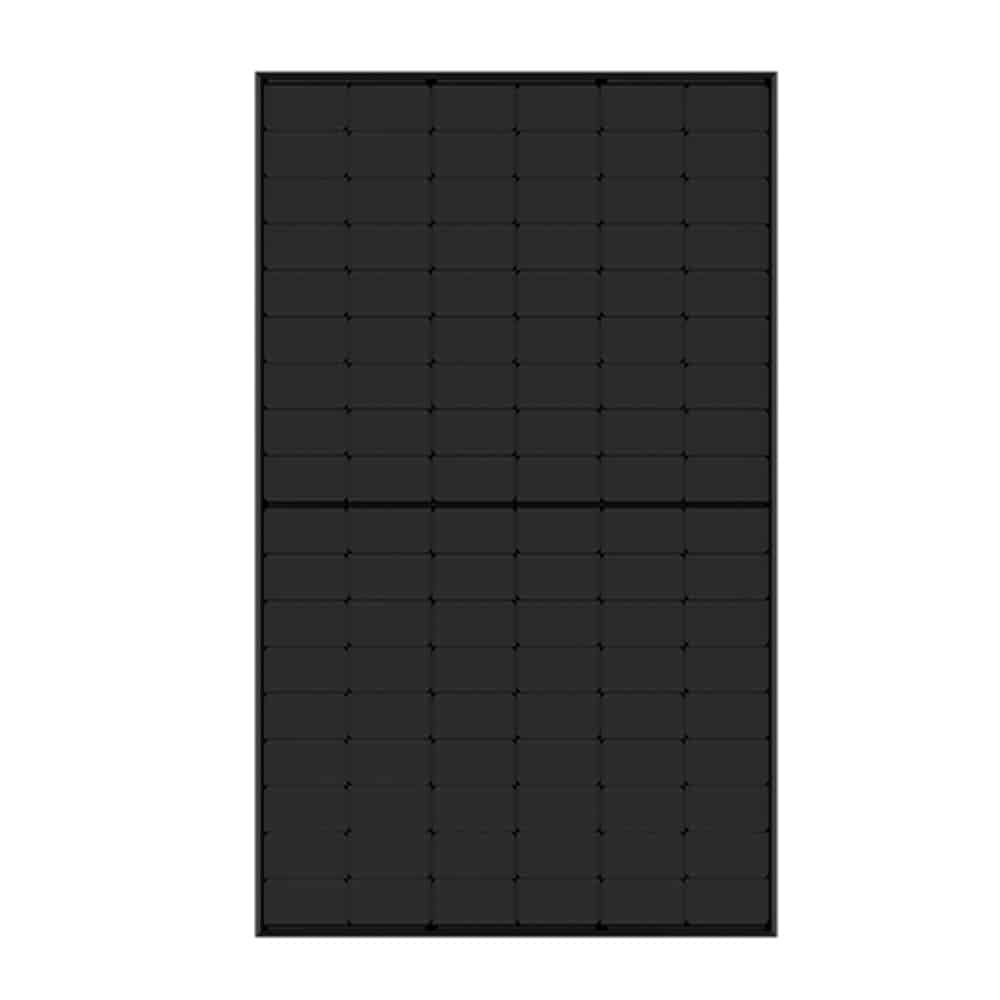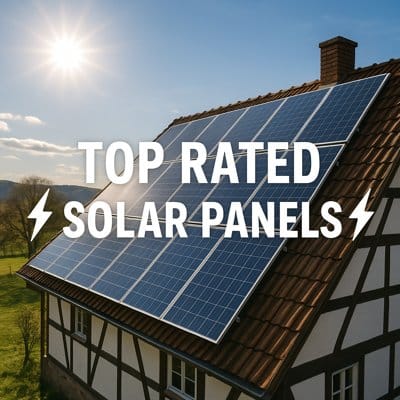📦 Fast Delivery – Order Now!
💸 Shop Safely – 100% Money-Back Guarantee
👨🔧 Lifetime Customer Support
📦 Fast Delivery – Order Now!
💸 Shop Safely – 100% Money-Back Guarantee
👨🔧 Lifetime Customer Support
When you’re planning to go solar, one key question always comes up: how much power does a photovoltaic panel produce? That’s crucial because your entire system depends on it. And while panels may look alike, their output varies—sometimes significantly.
Modern photovoltaic panels typically range from 300 to 500 watts. Under ideal conditions, a 400-watt panel could generate around 1.6 to 2.5 kilowatt-hours (kWh) per day. But these numbers change quickly depending on your location, sunlight hours, roof angle, and even the weather.

Several factors work together—or against each other—to determine real-world performance. First, sunlight. More sun equals more power. But panel orientation and tilt angle also matter. South-facing panels in the U.S. perform better. And while temperature helps activate solar cells, too much heat can lower efficiency.
Then there’s shading. Even partial shading on one panel can reduce output across the entire string—unless you use microinverters or power optimizers. Additionally, dirt, snow, or leaves can block sunlight and reduce efficiency.

✅ 580W high-efficiency N-Type TOPCon panel
✅ 144 mono half-cut cells with bifacial design
✅ Silver frame, durable for high snow and wind loads
Let’s break it down with a quick formula:
Panel wattage × average sun hours = daily watt-hours
Convert to kilowatt-hours (kWh) by dividing by 1,000.
For example:
400 watts × 5 hours = 2,000 watt-hours = 2 kWh per day
If your home uses 30 kWh per day, and each panel delivers 2 kWh, you’d need at least 15 panels. But always plan for seasonal variations or cloudy weeks. Oversizing your system slightly gives you a comfortable energy buffer.

You can estimate annual production like this:
plaintextKopierenBearbeitenDaily kWh × 365 = Annual production
So one 400-watt panel producing 2 kWh/day yields about 730 kWh per year. Multiply that by the number of panels you plan to install.
Comparison of Photovoltaic Panel Types
| Panel Type | Efficiency (%) | Typical Wattage | Annual Output (kWh/panel) |
|---|---|---|---|
| Monocrystalline | 19–22% | 400–500W | 730–900 |
| Polycrystalline | 15–17% | 300–400W | 500–730 |
| Thin-Film | 10–13% | 150–250W | 300–500 |
Monocrystalline panels may cost more, but they deliver better performance. Especially in smaller roof spaces, higher efficiency often makes the difference.
Absolutely. Solar panels in Arizona or California produce more than those in Michigan or New York. This is due to the “peak sun hours” each region receives. For example:
Phoenix: ~6.5 sun hours/day
Atlanta: ~5.0 sun hours/day
Seattle: ~3.5 sun hours/day
Always use your local average when calculating solar potential. Otherwise, you risk underestimating your needs—or overspending.

✅ High efficiency N-Type cells for maximum performance
✅ Sleek all-black design – perfect for modern rooftops
✅ Durable and weather-resistant for long-term reliability
Most panels come with a 25–30-year warranty. But they don’t suddenly stop working after that. Instead, they gradually lose efficiency—about 0.5% per year. After 25 years, your panel might still produce 85% of its original capacity.
So while the upfront cost is higher than conventional power sources, the long-term value is far better. Especially with rising electricity prices.

✅ 425W high-efficiency panel with N-Type TOPCon technology
✅ Sleek black-on-black design with 108 half-cut cells
✅ Enhanced durability and 30-year performance warranty
It means predictability. It means control. And it means savings. Whether you want to go fully off-grid or simply reduce your monthly bill, knowing how much power a photovoltaic panel produces helps you design the right system—and make the most of every ray of sunshine.

At AceFlex.us, we help you get the most out of your solar investment. We don’t just sell panels—we design intelligent energy systems tailored to your home and budget.
🔋 Need help calculating how many panels you need?
📞 Contact our solar team today and let us guide you step by step!
👉 Visit AceFlex.us now or call for a free consultation.
Your sun-powered future starts here.

Photovoltaic panels deliver reliable energy, but their output depends on type, location, and sunlight. With the right setup, even a small system can cover a big part of your electricity needs. Planning based on accurate power production helps you save money long-term.
At AceFlex,us, we make sure your system is perfectly tailored to your home and energy goals.

How much energy do solar panels produce in the US?
Most solar panels in the U.S. produce between 1.5 and 2.5 kWh per day depending on their wattage and location. Because of differences in climate and sunlight hours, output varies from state to state.
A typical PV panel generates between 300 and 500 watts under full sun conditions. However, real-world output depends on angle, temperature, and shading.
The 20% rule suggests installing solar panels that cover only about 20% of your available roof area. This helps avoid oversizing the system while still covering a big part of your energy needs.
It would take roughly 8 to 10 billion solar panels to fully power the United States. That sounds massive, but with enough land and investment, it’s theoretically possible.
New York City would need around 11 million solar panels to meet its entire electricity demand. But due to limited roof space, the city also relies on solar from nearby regions.
Experts estimate that about 22,000 square miles of solar panels—roughly the size of West Virginia—could power the entire country. Although that’s a large area, it’s still less than 0.6% of U.S. land.
Most solar panels last 25 to 30 years, and many continue to produce power even after that. However, their efficiency gradually declines over time.
Solar is growing fastest in the United States, China, and India, but growth is also strong in countries like Brazil and Australia. This happens because governments offer incentives and solar technology is getting cheaper.
The U.S. ranks second in total solar power capacity, just behind China. But when measured per capita, several European countries lead.
Germany is known for its advanced solar integration and smart grid systems. Still, countries like Australia and the U.S. are catching up fast in both efficiency and scale.
Solar panels don’t produce power at night, and cloudy days can reduce output. Additionally, upfront installation costs remain high despite falling equipment prices.
Chile has the world’s highest solar energy potential due to its extremely dry climate and high solar irradiance. Yet many desert regions across Africa and the Middle East also offer massive potential.
Yes, larger panels typically produce more power because they have more surface area to capture sunlight. But smaller, high-efficiency panels can still compete in tight spaces.
Absolutely. Cloud cover, rain, or snow can reduce production by 50% or more, although systems still generate some power in low light.
Yes, because winter has fewer sunlight hours. Yet cold temperatures can improve panel efficiency, partly balancing the effect.
Multiply your daily electricity use by 365 and divide by the panel’s annual kWh output. Then adjust the number of panels based on your region’s sun hours.
That extra power flows back into the grid if you’re connected, and many utilities give you credit for it. This is called net metering.
Yes, especially when roof space is limited or energy demand is high. They produce more power per square foot and often last longer.
Not directly. But they let you store excess power, which improves system efficiency and energy independence.
AceFlex is one of the leading online retailers of renewable energy products and offers a wide range of solar products. We work with well-known manufacturers and wholesalers and can offer you cost-effective products in the field of photovoltaics so that you too can contribute to the energy transition.
Looking for an experienced team for planning your photovoltaic system without the hassle of doing it yourself? We are your trusted partner, offering comprehensive nationwide solutions. We provide expert consultation and supply of both photovoltaic systems and storage units tailored to your specific needs.
© 2025 Aceflex All Rights Reserved. Design by Media Pantheon, Inc.





